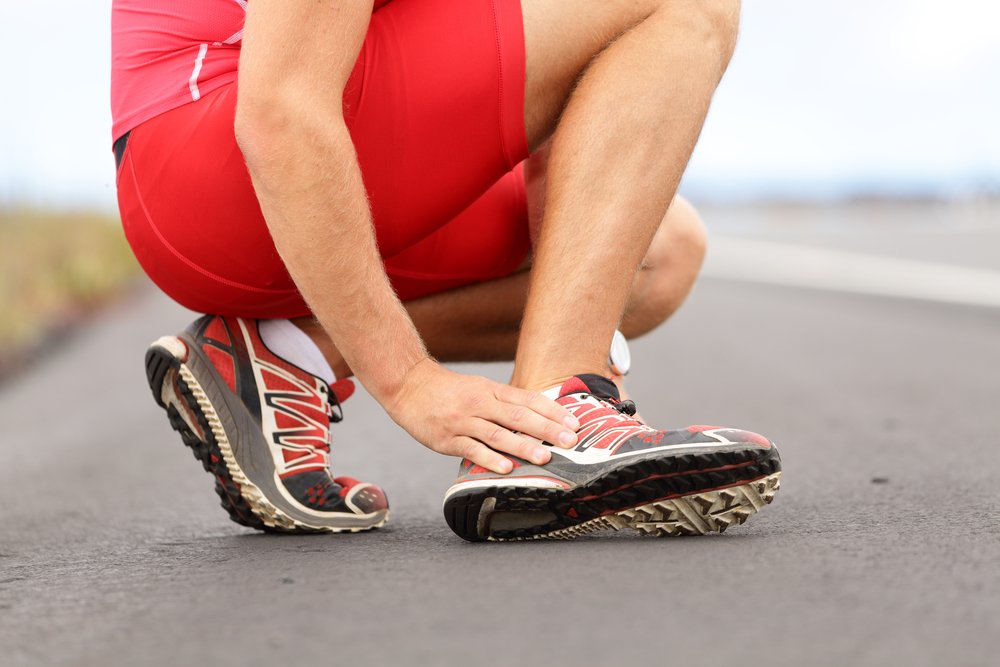Sports Medicine Foot and Ankle
Sports Medicine in Foot & Ankle
Sports medicine is a specialized field that focuses on preventing and treating injuries that occur as a result of sports or physical activity. Injuries to the foot and ankle are common among athletes and physically active individuals. These injuries can be acute or chronic and can affect any part of the foot or ankle. Proper diagnosis, treatment, and management of foot and ankle injuries are crucial for the athlete’s ability to return to sports as soon as possible.
Common Injuries
Sports-related injuries to the foot and ankle can vary in severity and location. Some of the most common injuries seen in athletes include:
Ankle Sprains: Ankle sprains are the most common sports-related injury. They occur when the ligaments that connect the bones in the ankle are stretched or torn. Ankle sprains can range from mild to severe, depending on the extent of the injury.
Plantar Fasciitis: Plantar fasciitis is a common condition that occurs when the tissue that connects the heel bone to the toes becomes inflamed. This condition is often caused by repetitive stress on the foot and can result in severe heel pain.
Stress Fractures: Stress fractures occur when a small crack develops in a bone due to repetitive stress. These types of injuries are common in athletes who engage in high-impact sports, such as running and jumping.
Achilles Tendinitis: Achilles tendinitis is a condition that occurs when the tendon that connects the calf muscles to the heel bone becomes inflamed. This condition is often caused by overuse and can result in severe pain and swelling.
Turf Toe: Turf toe is a common condition that occurs when the big toe is hyperextended, causing damage to the ligaments and joint at the base of the toe. This type of injury is common in athletes who play on artificial turf.
Treatment and Management
Treatment and management of sports-related foot and ankle injuries require a multidisciplinary approach. The goal of treatment is to relieve pain, promote healing, and prevent further injury. Treatment options may include:
Rest: Rest is the most critical aspect of treating foot and ankle injuries. Resting the affected area allows the body to heal naturally.
Ice: Applying ice to the affected area can help reduce pain and swelling.
Compression: Compression can help reduce swelling and prevent further injury.
Elevation: Elevating the affected area can help reduce swelling and promote healing.
Physical Therapy: Physical therapy can help athletes regain strength and mobility in the affected area.
Medication: Over-the-counter pain relievers, such as ibuprofen, can help reduce pain and inflammation.
Prevention
Prevention is key when it comes to sports-related foot and ankle injuries. Athletes and physically active individuals should take the following steps to prevent injuries:
Wear Proper Footwear: Wearing proper footwear that fits well and provides adequate support is essential for preventing injuries.
Warm-Up: Always warm up before engaging in physical activity. Stretching and loosening up the muscles and tendons can help prevent injuries.
Gradual Progression: Gradually increasing the intensity and duration of physical activity can help prevent injuries.
Cross-Training: Engaging in a variety of physical activities can help prevent injuries by working different muscles and reducing the risk of overuse injuries.
Proper Nutrition: Proper nutrition is essential for maintaining healthy bones, muscles, and tendons.
In conclusion, sports medicine for foot and ankle injuries is a specialized field that requires expertise and experience. Proper diagnosis and treatment are essential to ensure that the athlete can return to their sport as soon as possible while minimizing the risk of future injuries. From acute injuries like ankle sprains to chronic conditions like plantar fasciitis, there are various treatment options available, including rest, ice, compression, elevation, physical therapy, and surgery if necessary. It is crucial to work with a qualified sports medicine professional who understands the unique demands of athletic activity and can provide personalized care and treatment plans. By taking preventative measures and seeking prompt treatment, athletes can keep their feet and ankles healthy and pain-free, allowing them to perform at their best on the field or court.
If you would like to get seen by our board-certified foot and ankle specialists, click here


